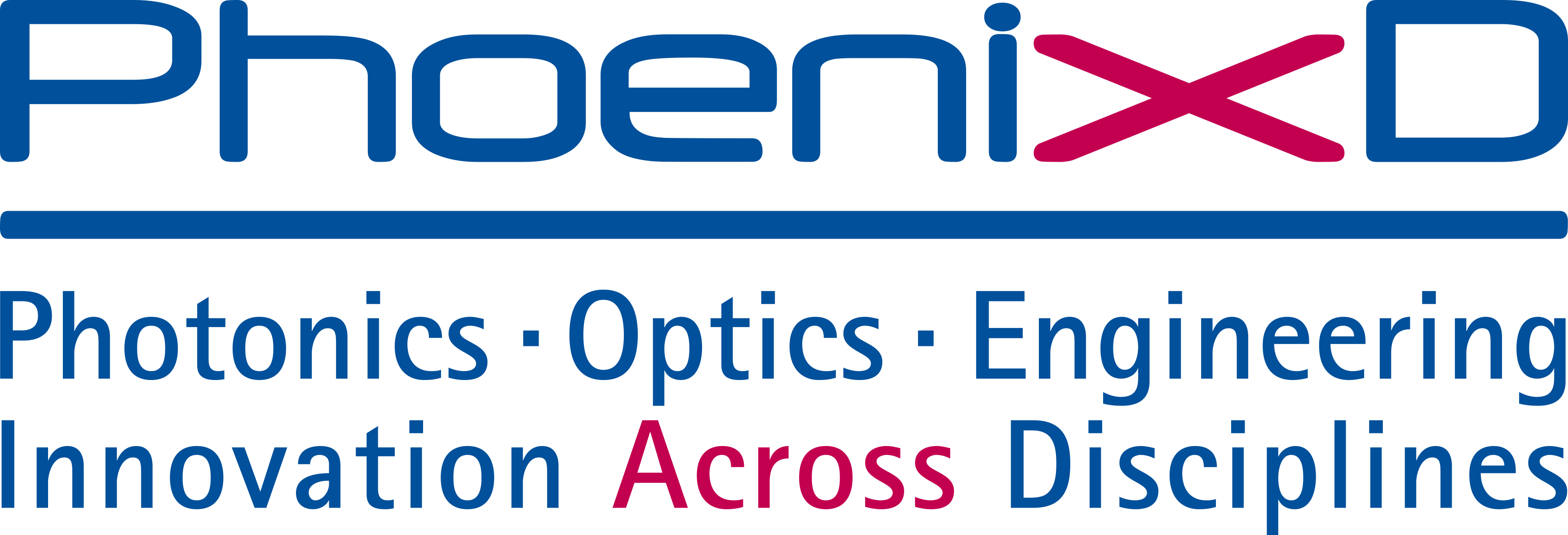Precision measurements of the magnetic parameters of LISA Pathfinder test masses
- authored by
- LISA Pathfinder Collaboration , M. Armano, H. Audley, J. Baird, P. Binetruy, M. Born, D. Bortoluzzi, E. Castelli, A. Cavalleri, A. Cesarini, A. M. Cruise, K. Danzmann, M. De Deus Silva, I. Diepholz, G. Dixon, R. Dolesi, L. Ferraioli, V. Ferroni, E. D. Fitzsimons, M. Freschi, L. Gesa, D. Giardini, F. Gibert, R. Giusteri, C. Grimani, J. Grzymisch, I. Harrison, M. S. Hartig, G. Heinzel, M. Hewitson, D. Hollington, D. Hoyland, M. Hueller, H. Inchauspé, O. Jennrich, P. Jetzer, N. Karnesis, B. Kaune, N. Korsakova, C. J. Killow, L. Liu, J. A. Lobo, J. P. López-Zaragoza, R. Maarschalkerweerd, D. Mance, V. Martín, J. Martino, L. Martin-Polo, F. Martin-Porqueras, N. Meshksar, S. Paczkowski, Jens Reiche, G. Wanner, A. Wittchen
- Abstract
A precise characterization of the magnetic properties of LISA Pathfinder free falling test-masses is of special interest for future gravitational wave observatory in space. Magnetic forces have an important impact on the instrument sensitivity in the low frequency regime below the millihertz. In this paper we report on the magnetic injection experiments performed throughout LISA Pathfinder operations. We show how these experiments allowed a high precision estimate of the instrument magnetic parameters. The remanent magnetic moment was found to have a modulus of (0.245±0.081) nAm2, the x-component of the background magnetic field within the test masses position was measured to be (414±74) nT and its gradient had a value of (-7.4±2.1) μT/m. Finally, we also measured the test mass magnetic susceptibility at 5 mHz to be (-3.3723±0.0069)×10-5. All results are in agreement with on-ground estimates.
- Organisation(s)
-
Institute of Gravitation Physics
PhoenixD: Photonics, Optics, and Engineering - Innovation Across Disciplines
Institute of Quantum Optics
QuantumFrontiers
- External Organisation(s)
-
European Space Research and Technology Centre (ESTEC)
Université de Paris
University of Trento
Fondazione Bruno Kessler
University of Urbino "Carlo Bo"
University of Birmingham
European Space Astronomy Centre
Max Planck Institute for Gravitational Physics (Albert Einstein Institute)
ETH Zurich
Royal Observatory
Autonomous University of Barcelona (UAB)
Institute of Space Studies of Catalonia (IEEC)
isardSAT
European Space Operation Center (ESOC)
Imperial College London
University of Florida (UF)
Universität Zürich (UZH)
Observatoire de la Côte d’Azur (OCA)
University of Glasgow
Qioptiq Photonics GmbH and Co.KG
- Type
- Article
- Journal
- Physical Review D
- Volume
- 111
- ISSN
- 2470-0010
- Publication date
- 15.02.2025
- Publication status
- Published
- Peer reviewed
- Yes
- ASJC Scopus subject areas
- Nuclear and High Energy Physics
- Electronic version(s)
-
https://doi.org/10.1103/PhysRevD.111.042007 (Access:
Closed)
https://doi.org/10.48550/arXiv.2407.04431 (Access: Open)


